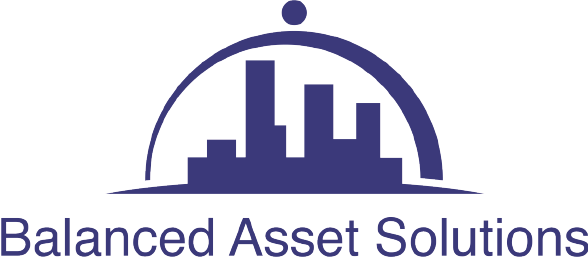Introduction
With the rise of remote work, many individuals are looking for ways to save money on their taxes through home office deductions. These deductions can significantly reduce your taxable income if you qualify, making it essential to understand the requirements and process.
Eligibility Criteria
To claim home office deductions, you must meet specific eligibility criteria set by the IRS. First, your home office must be used regularly and exclusively for business purposes. This means the space should not be used for any personal activities. Additionally, your home office must be your principal place of business. If you conduct business in multiple locations, your home office should be where you perform significant administrative or managerial tasks.
Types of Home Office Deductions
Home office deductions can be categorized into direct and indirect expenses. Direct expenses are those that apply solely to the home office, such as office supplies, equipment, and repairs. Indirect expenses are those that apply to the entire home but can be partially allocated to the home office, such as mortgage interest, utilities, and insurance. Both types of expenses can significantly reduce your taxable income if properly documented and claimed.
Calculating the Home Office Deduction
There are two methods for calculating the home office deduction: the simplified method and the regular method.
- Simplified Method: This method allows you to deduct $5 per square foot of your home office, up to a maximum of 300 square feet. This results in a maximum deduction of $1,500. The simplified method is straightforward and requires minimal record-keeping.
- Regular Method: This method involves calculating the actual expenses related to your home office. First, determine the percentage of your home used for business by dividing the square footage of your home office by the total square footage of your home. Apply this percentage to your indirect expenses to calculate the deductible amount. For direct expenses, you can deduct the entire amount.
Filing the Deduction
To claim the home office deduction using the regular method, you will need to complete Form 8829, Expenses for Business Use of Your Home, and attach it to your tax return. The simplified method is reported directly on Schedule C if you are a sole proprietor. Ensure you accurately complete these forms and maintain all supporting documentation to substantiate your claims.
Common Mistakes to Avoid
When claiming home office deductions, it’s crucial to avoid common mistakes that can trigger an audit or result in disallowed deductions. Ensure you meet the eligibility criteria for regular and exclusive use of your home office. Use the correct calculation method and double-check your figures. Lastly, keep detailed records of all expenses related to your home office, including receipts and invoices.
Maximizing Your Deduction
To maximize your home office deduction, keep meticulous records of all expenses and consider ways to increase deductible costs. For instance, upgrading your office equipment or purchasing necessary supplies can increase your direct expenses. Additionally, maintain a detailed log of your business activities to demonstrate the regular and exclusive use of your home office. Consulting a tax professional can provide personalized advice and ensure you take full advantage of all available deductions.
Conclusion
Claiming home office deductions can provide significant tax savings for remote workers. By understanding the eligibility criteria, types of deductible expenses, and calculation methods, you can confidently claim these deductions and reduce your taxable income. Carefully review the requirements and consider consulting a tax professional to maximize your savings and ensure compliance with IRS regulations.




